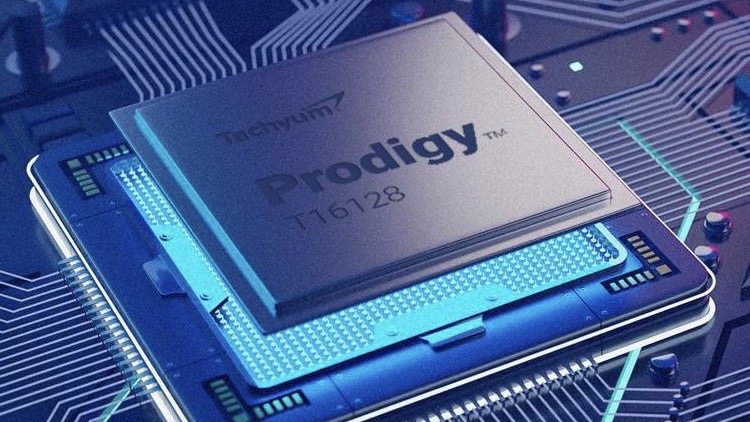This YouTube video shows tiny Intel rival running x86 code in emulation — weeks after announcing 192-core monster CPU
Tachyum has reached a key milestone in its bid to unseat several industry heavyweights

Processor manufacturer Tachyum is claiming it has demonstrated the execution of a non-native application under Linux running on the emulation system for its Prodigy FPGA, which forms the basis for its patented Prodigy Universal Processor.
This is a key milestone in Tachyum’s mission to demonstrate that its universal processor can conted with the best CPUs and best GPUs, ahead of its move to general availability in 2024.
The chip’s architecture doesn’t include specific hardware for running x86 applications, which account for the broadest data center install base, because this hampers performance. But customers running Tachyum hardware can, according to the demo, emulate such applications.
“Demonstrating the ability to run x86-64 binary applications on the Prodigy processor emulation is a key milestone for Tachyum and further validates our architecture before tape out,” said Tachyum founder and CEO, Dr Radoslav Danilak.
“Proving all these existing binary applications on our FPGA emulator is critical in order to get Prodigy ready for volume production next year, allowing us to begin fulfilling the billions of dollars of orders we already have in our sales pipeline.”
Smack my chip up
This comes just weeks after the firm announced an increase in the core count of its Prodigy Universal Processor to a monstrous 192.
By following a technique known as register transfer level (RTL) design coding, Tachyum began work on completing the physical design for Prodigy. With a new set of data analysis tools, the team was able to raise the number of cores by 50%.
Are you a pro? Subscribe to our newsletter
Sign up to the TechRadar Pro newsletter to get all the top news, opinion, features and guidance your business needs to succeed!
Other improvements included increasing the L2/L3 cache from 128MB to 192MB, supporting DDR5 7200 RAM alongside DDR5 6400 memory, as well as a larger package. This can accommodate an additional 32 serial links and as many as 32 DIMMs connected to one Prodigy chip.
The Intel rival, which is based in Slovakia and the US, wants its patented Prodigy pprocessor to run conventional workloads and AI apps using the same chip.
This means enterprise customers may ditch the need for dedicated and specialist AI-centric chips from the likes of AMD and Nvidia in addition to running infrastructure fitted with Intel’s x86 CPUs. The result, according to Tachyum, is much lower operating and capital expenditure, alongside better server utilization.
As a universal processor, the architecture allows Prodigy to switch between conventional workloads and AI workloads, delivering high performance in both model training and inference, the firm claims.
Existing customers can use the dynamic binary translator to port legacy x86 applications to the Prodigy native instruction set architecture (ISA) within 18 months.
Until software environments are fully native, Tachyum claims Prodigy will deliver just twice the performance boost, versus the anticipated three-times performance boost, versus Intel’s fastest CPUs.
More from TechRadar Pro
- These are the fastest processors out there today
- Intel’s future processors are looking seriously good – even the one that'll never exist
- We've rounded up the best CPUs on the market

Keumars Afifi-Sabet is the Technology Editor for Live Science. He has written for a variety of publications including ITPro, The Week Digital and ComputerActive. He has worked as a technology journalist for more than five years, having previously held the role of features editor with ITPro. In his previous role, he oversaw the commissioning and publishing of long form in areas including AI, cyber security, cloud computing and digital transformation.